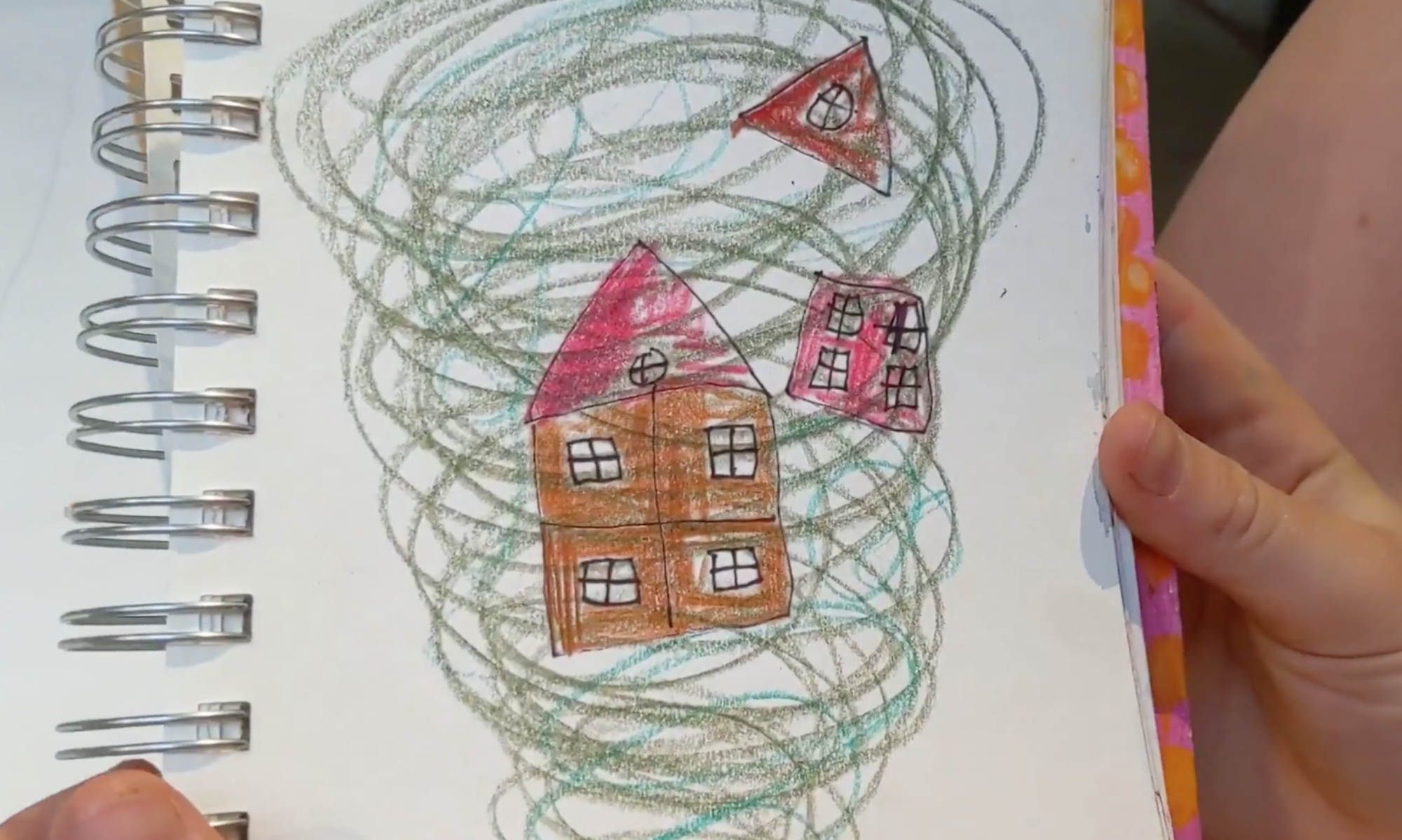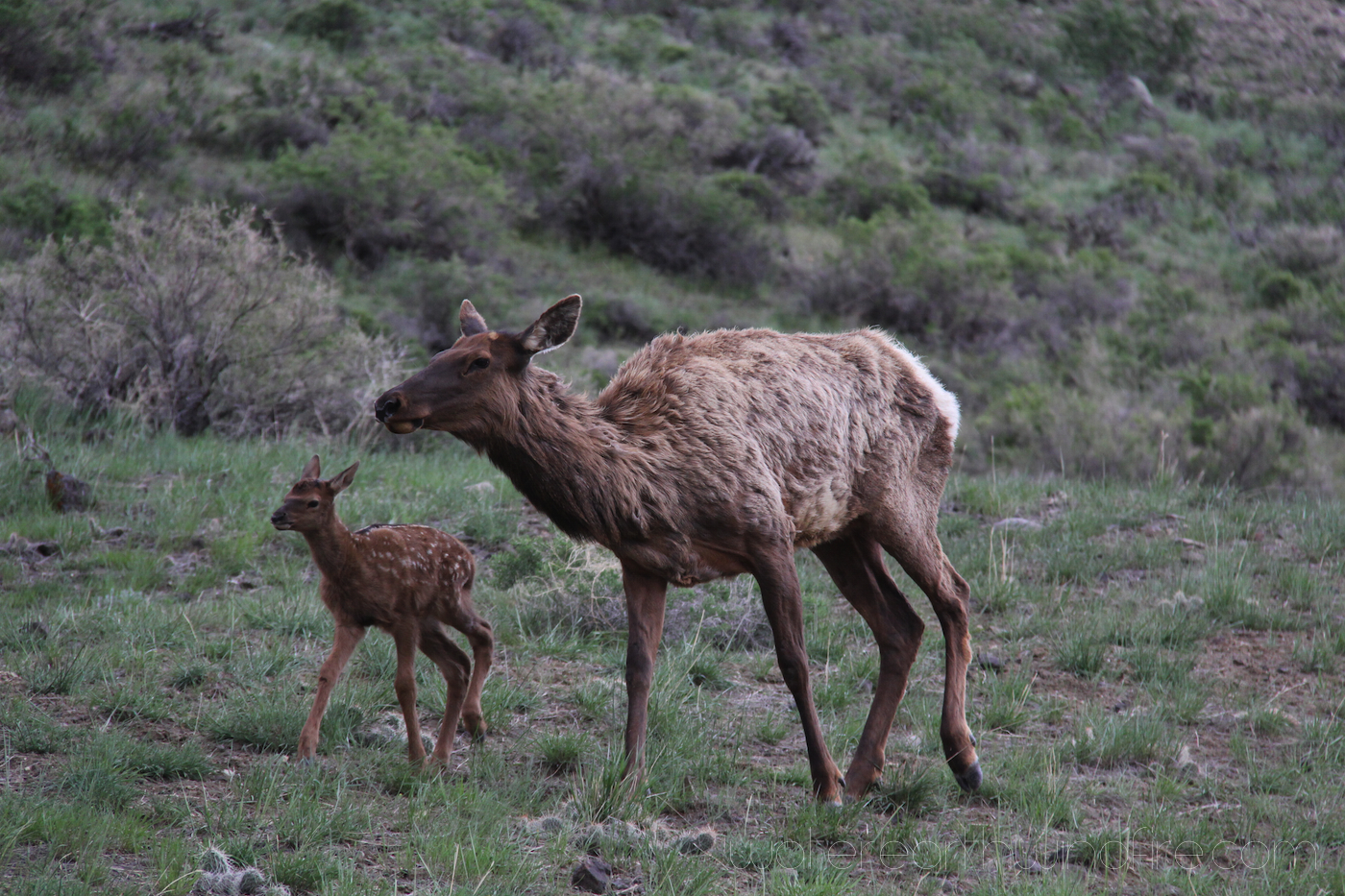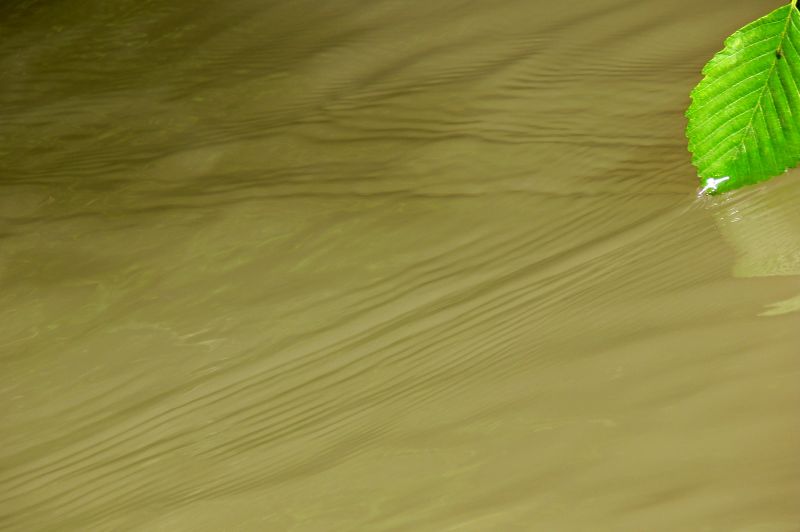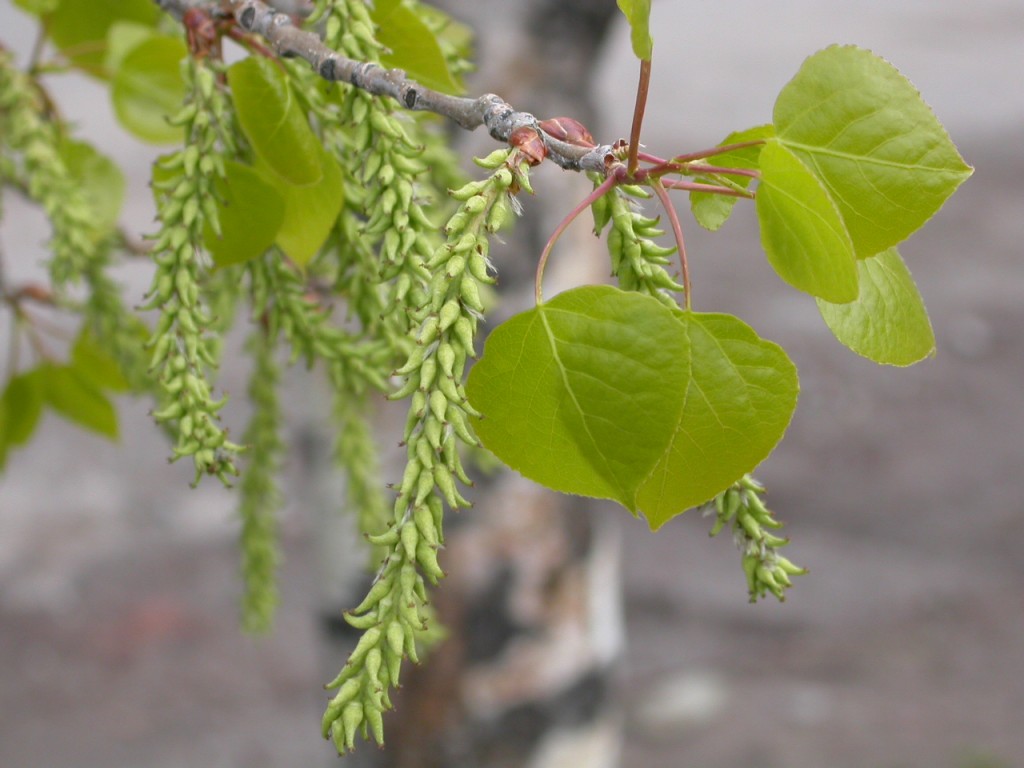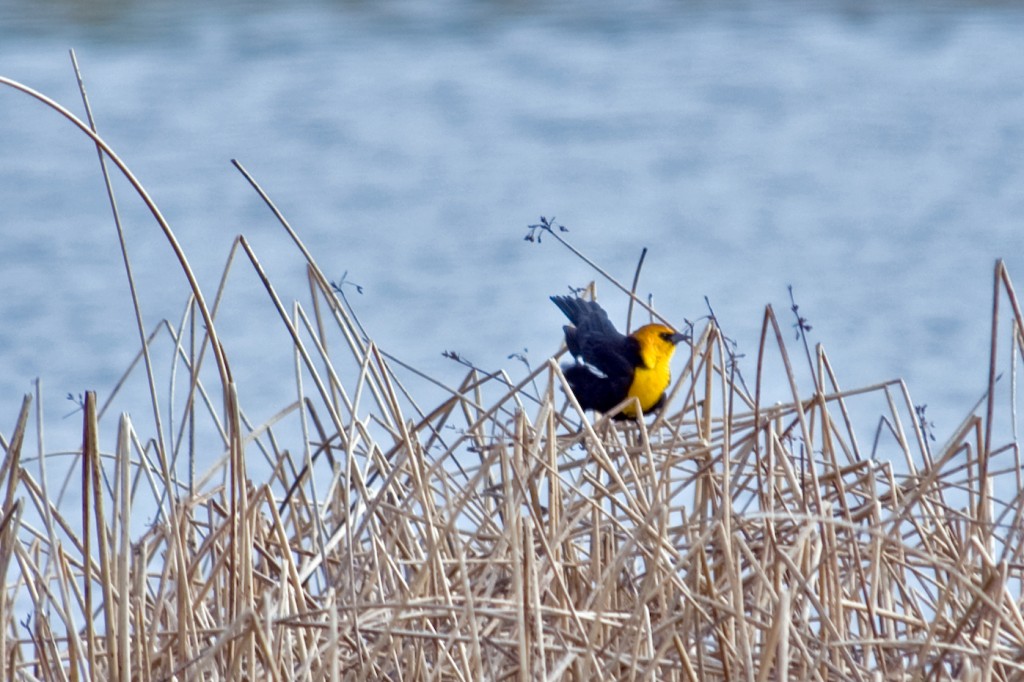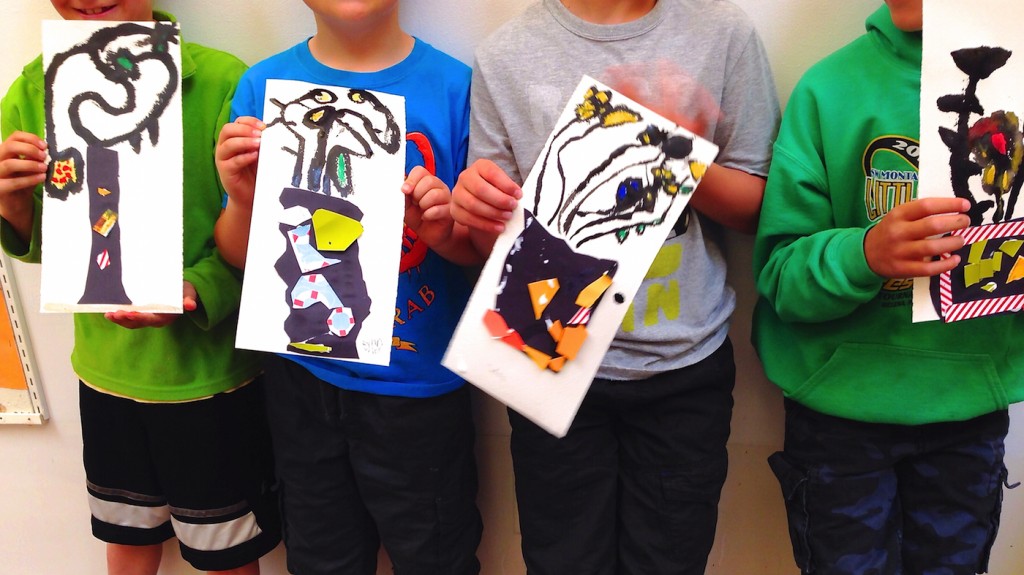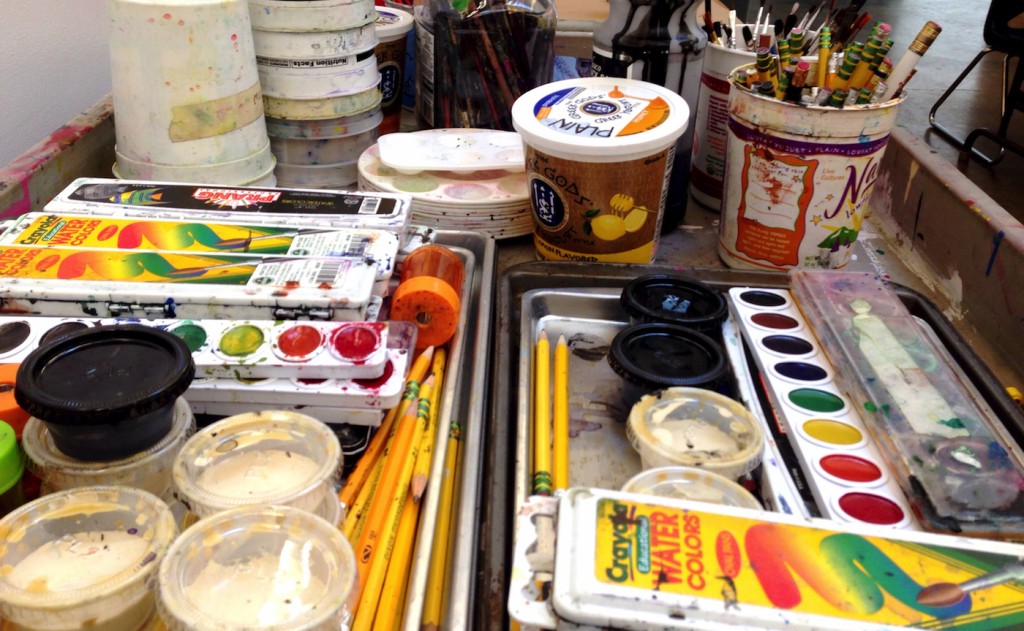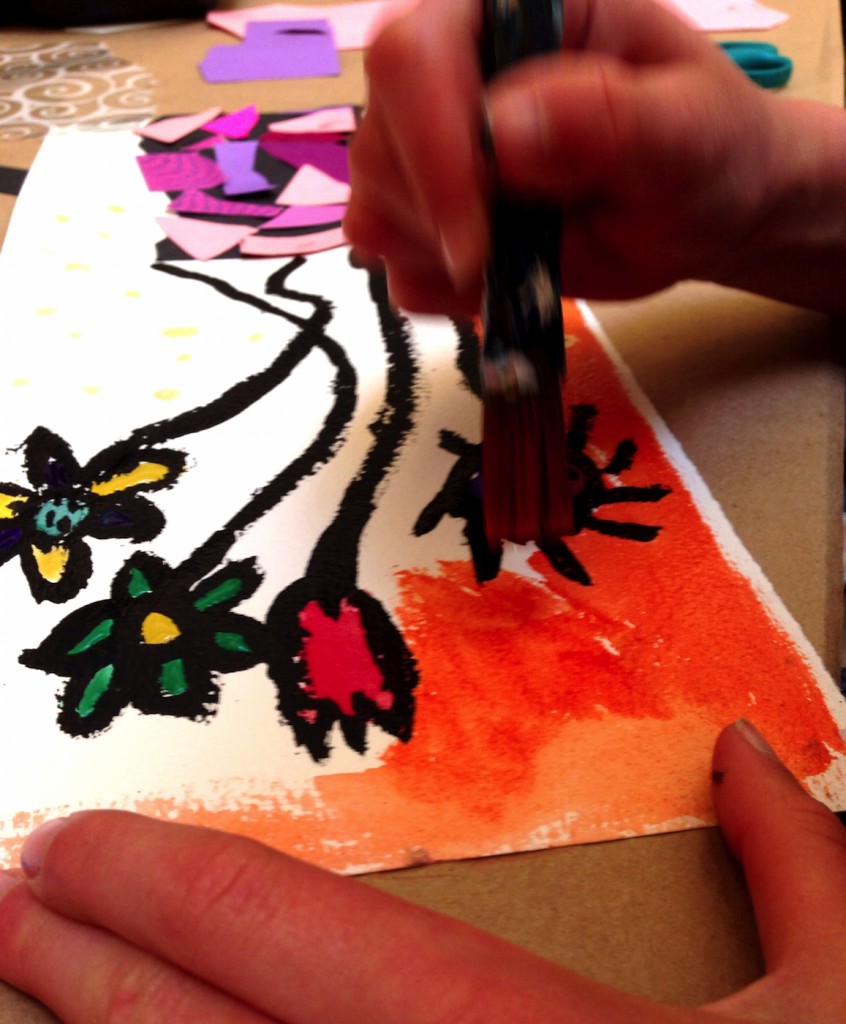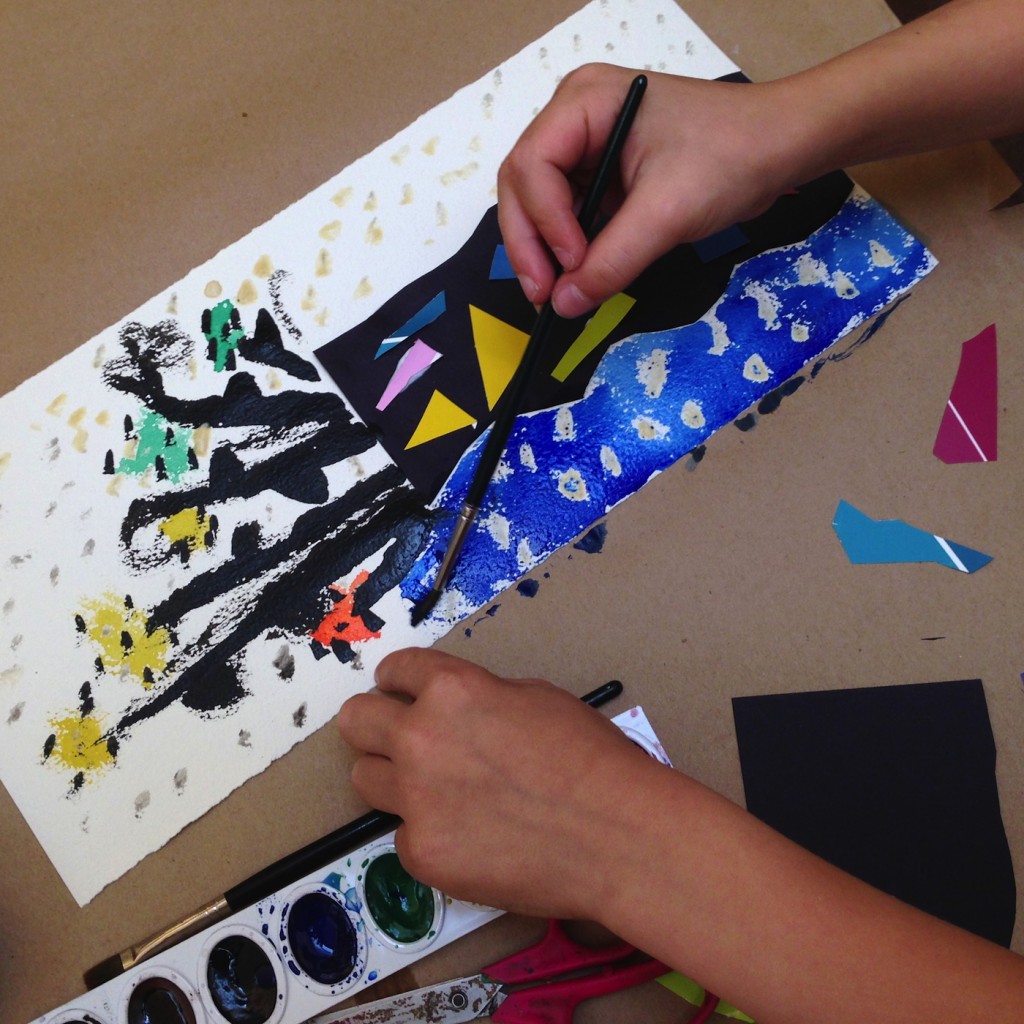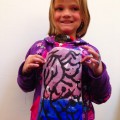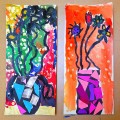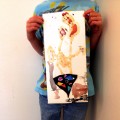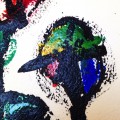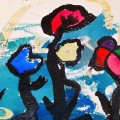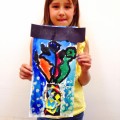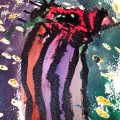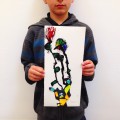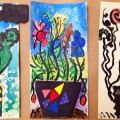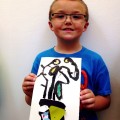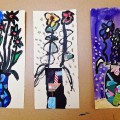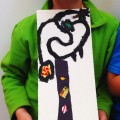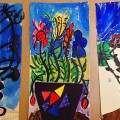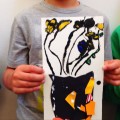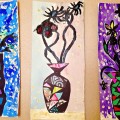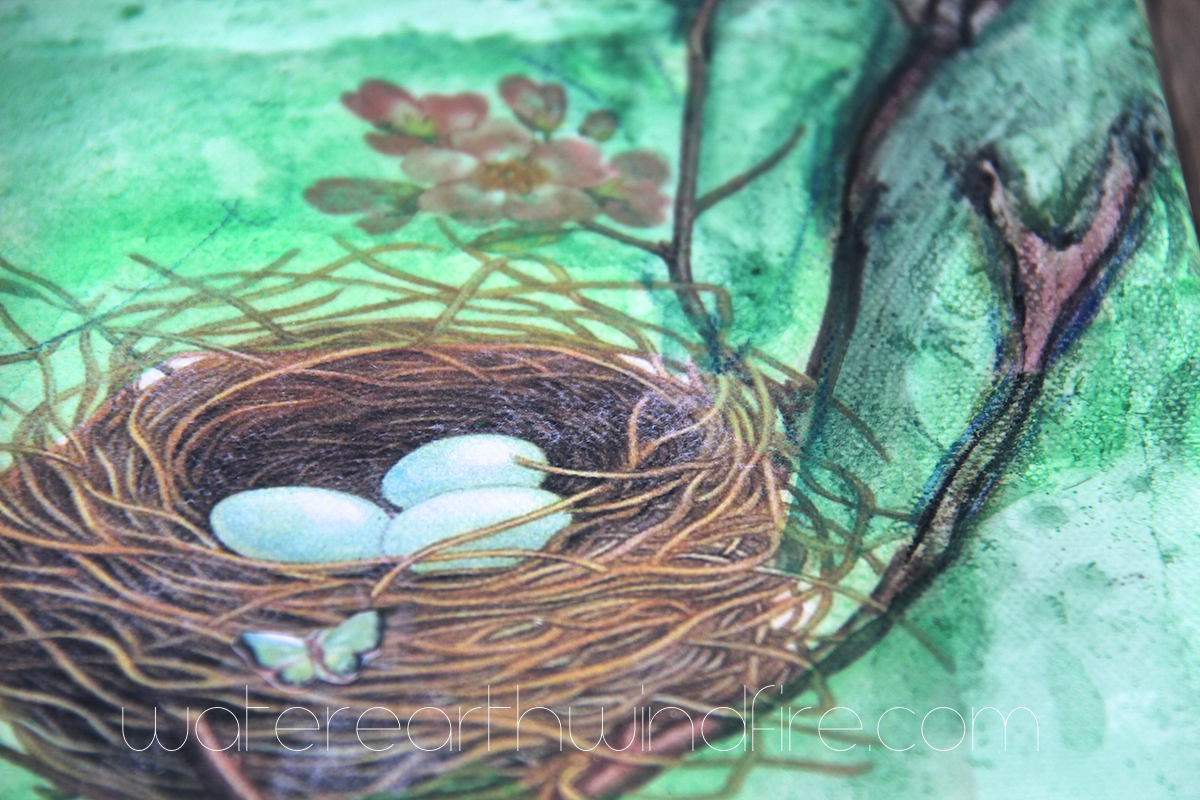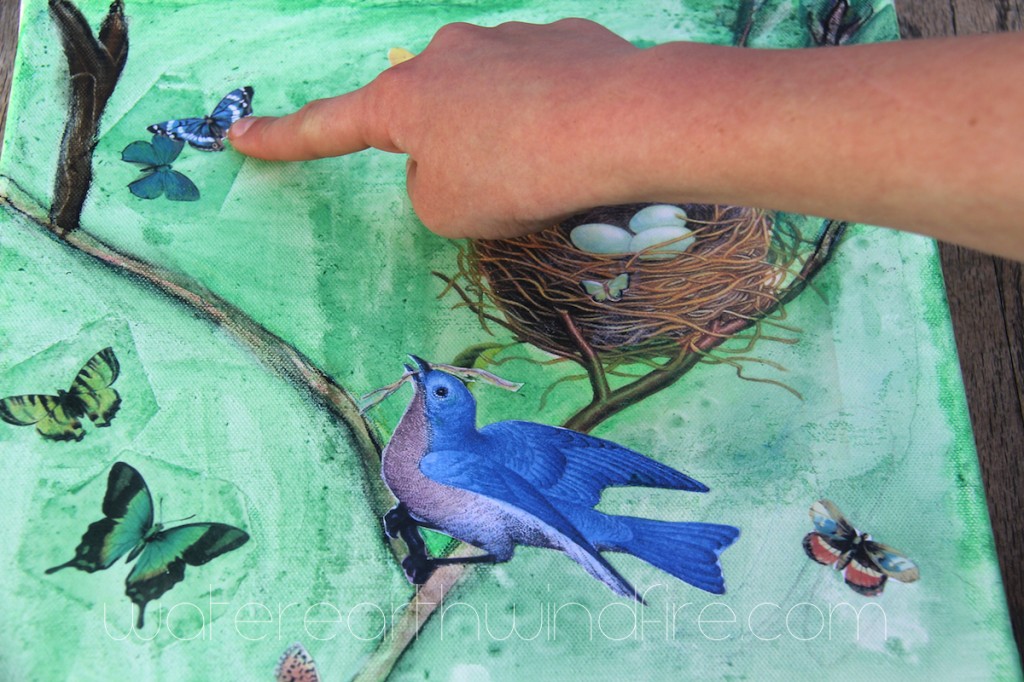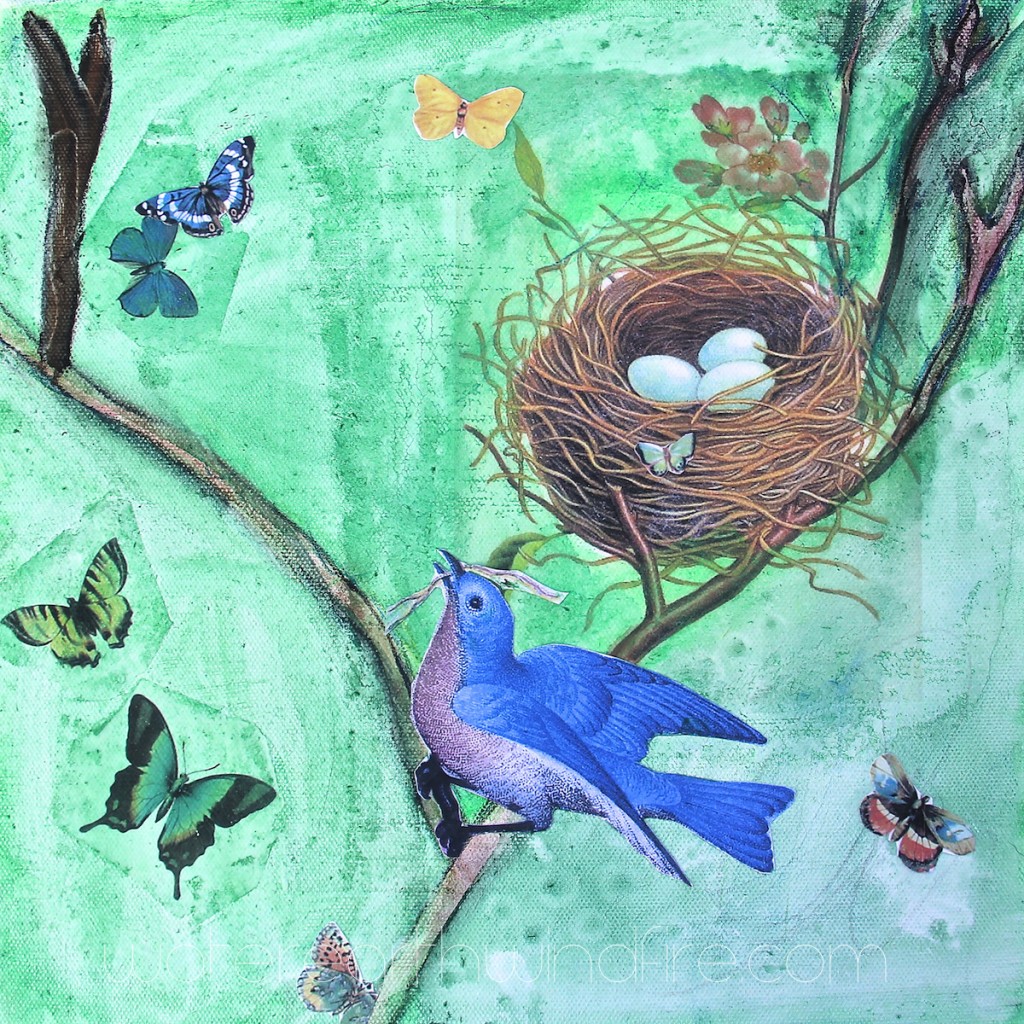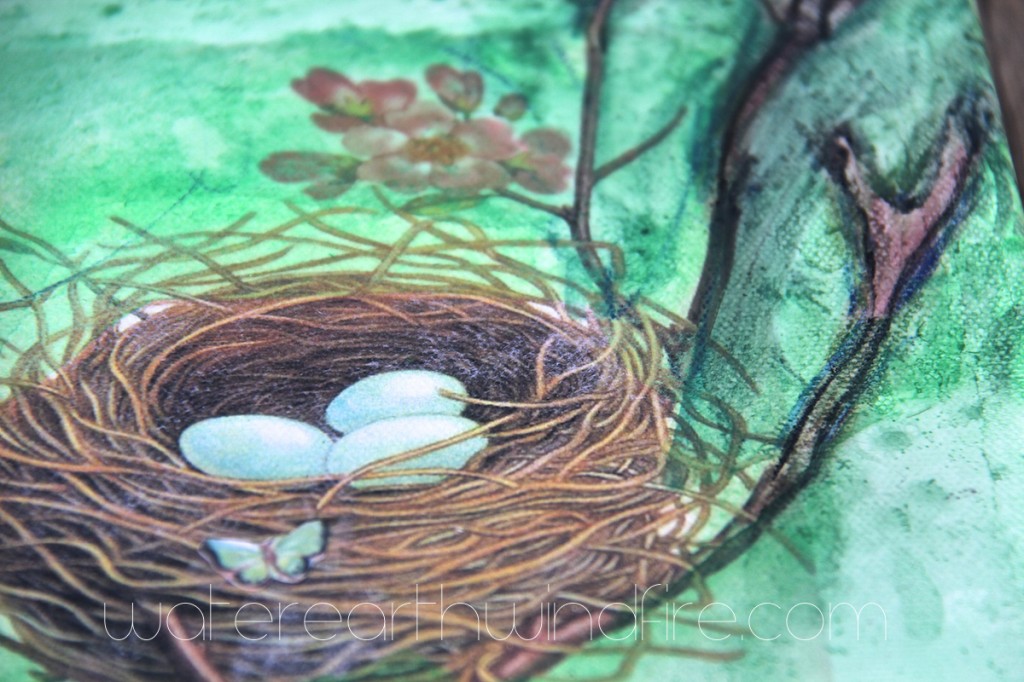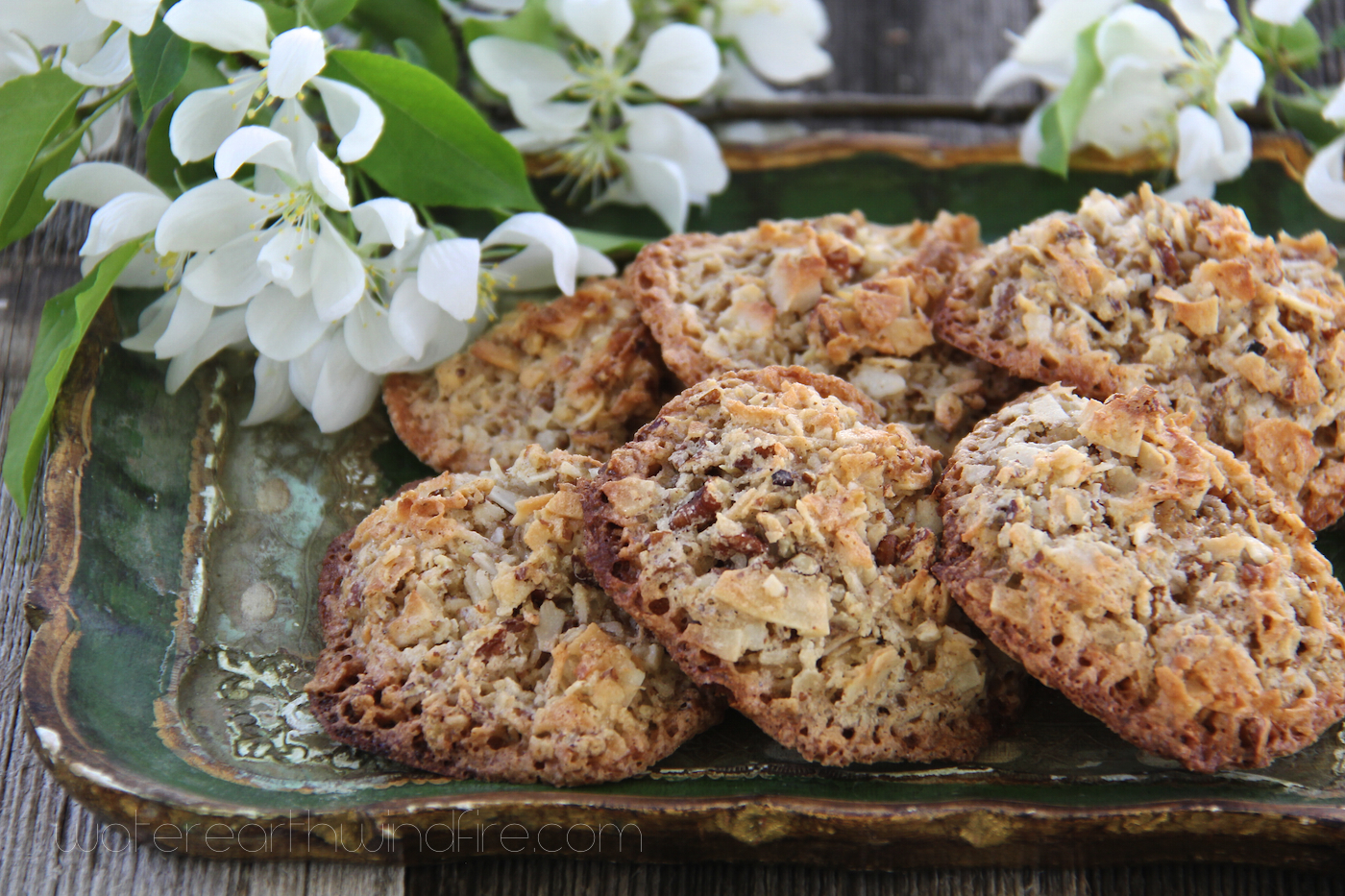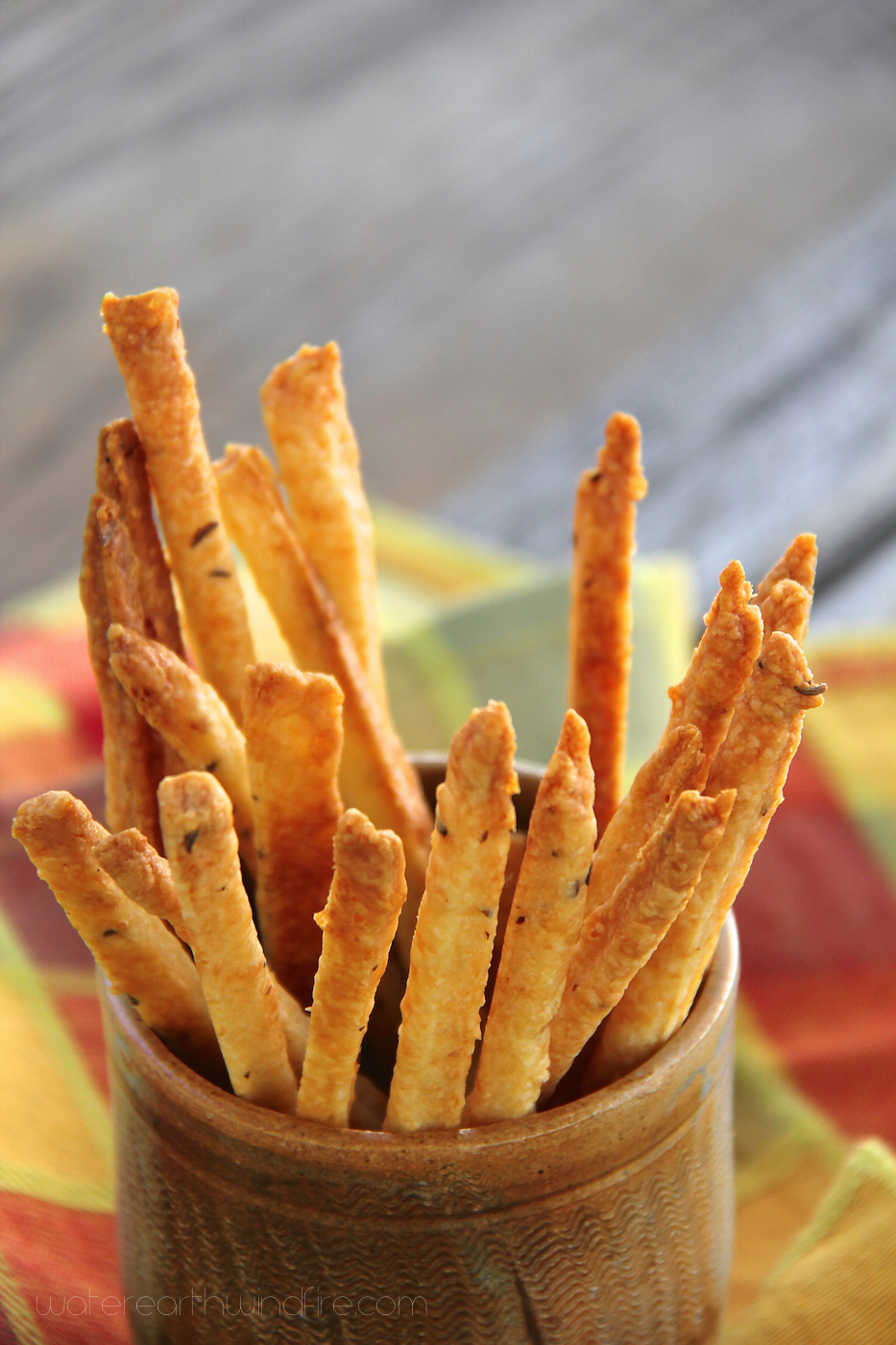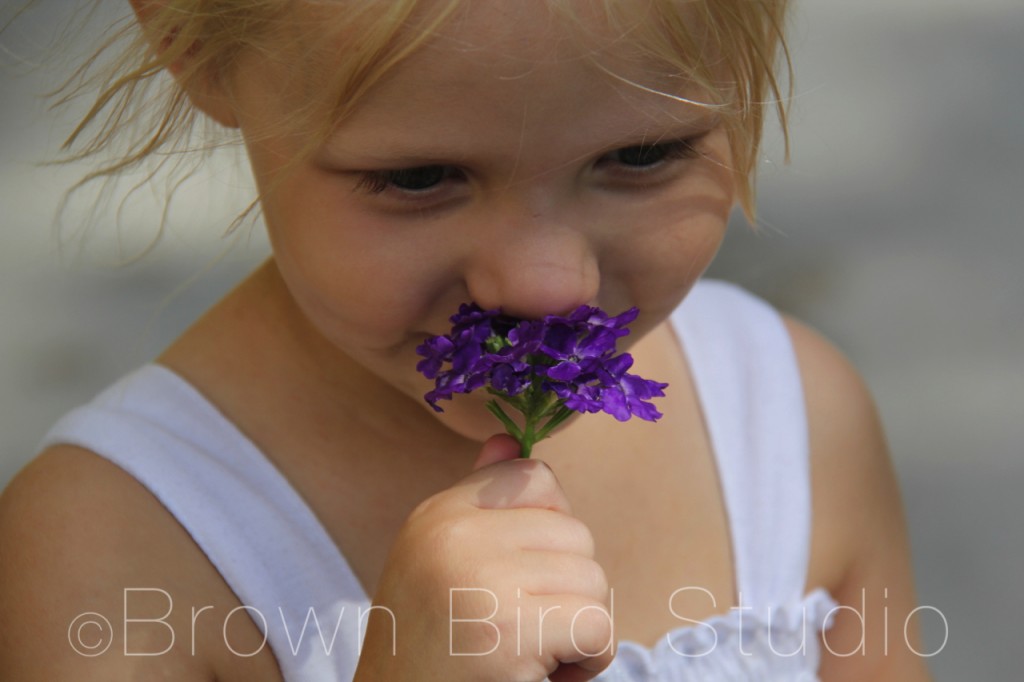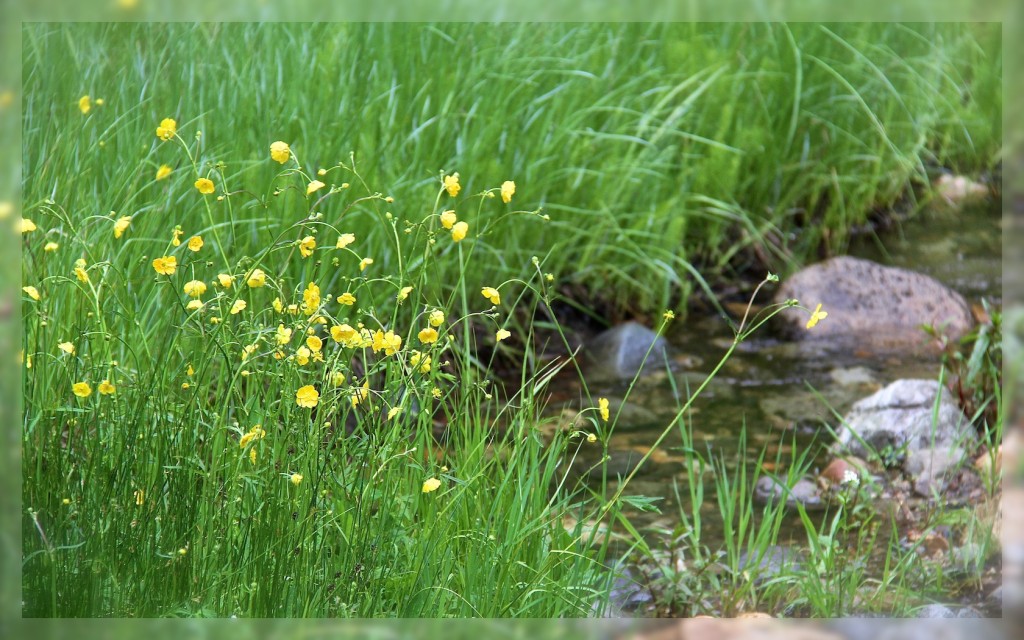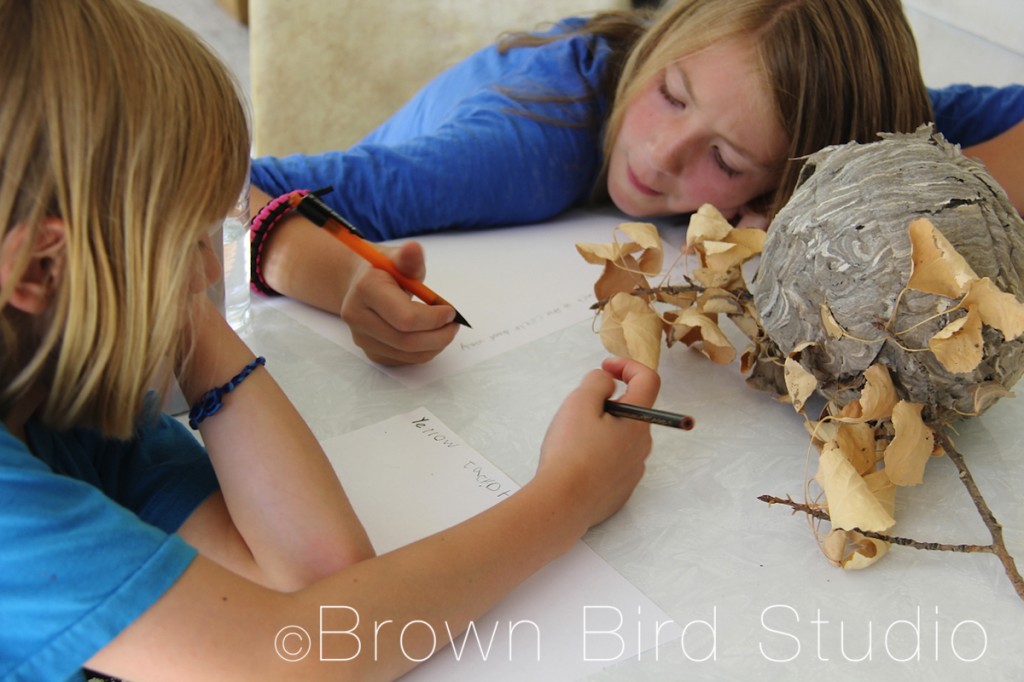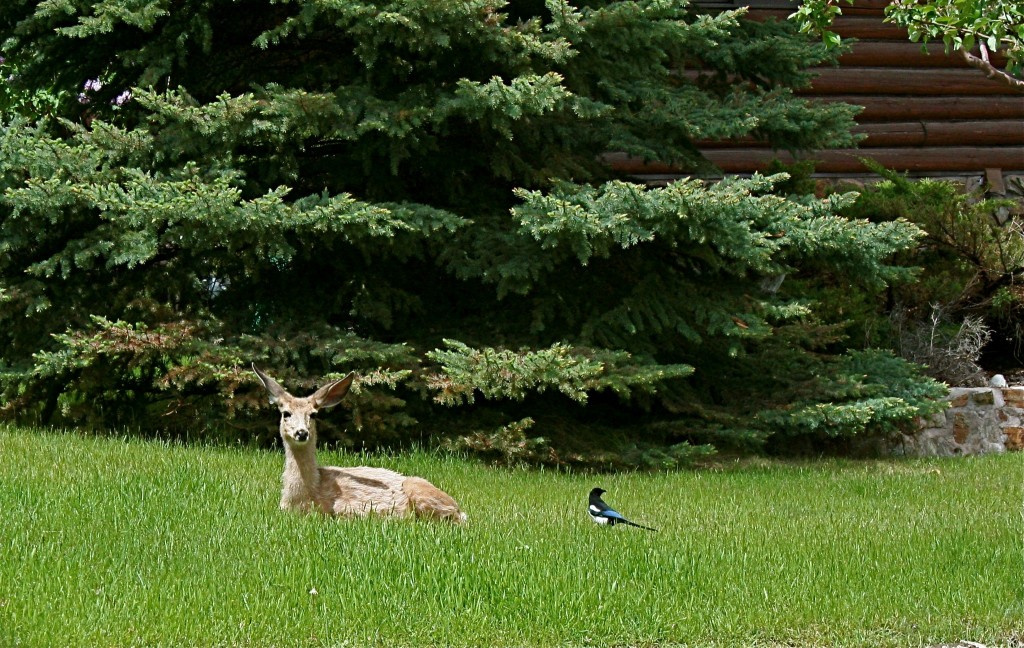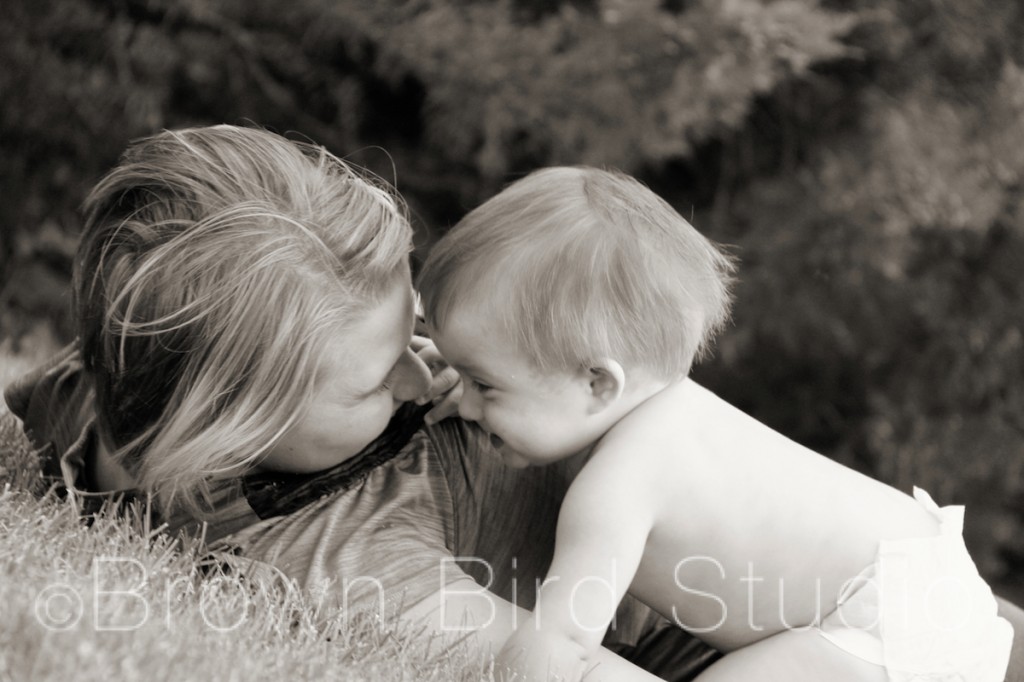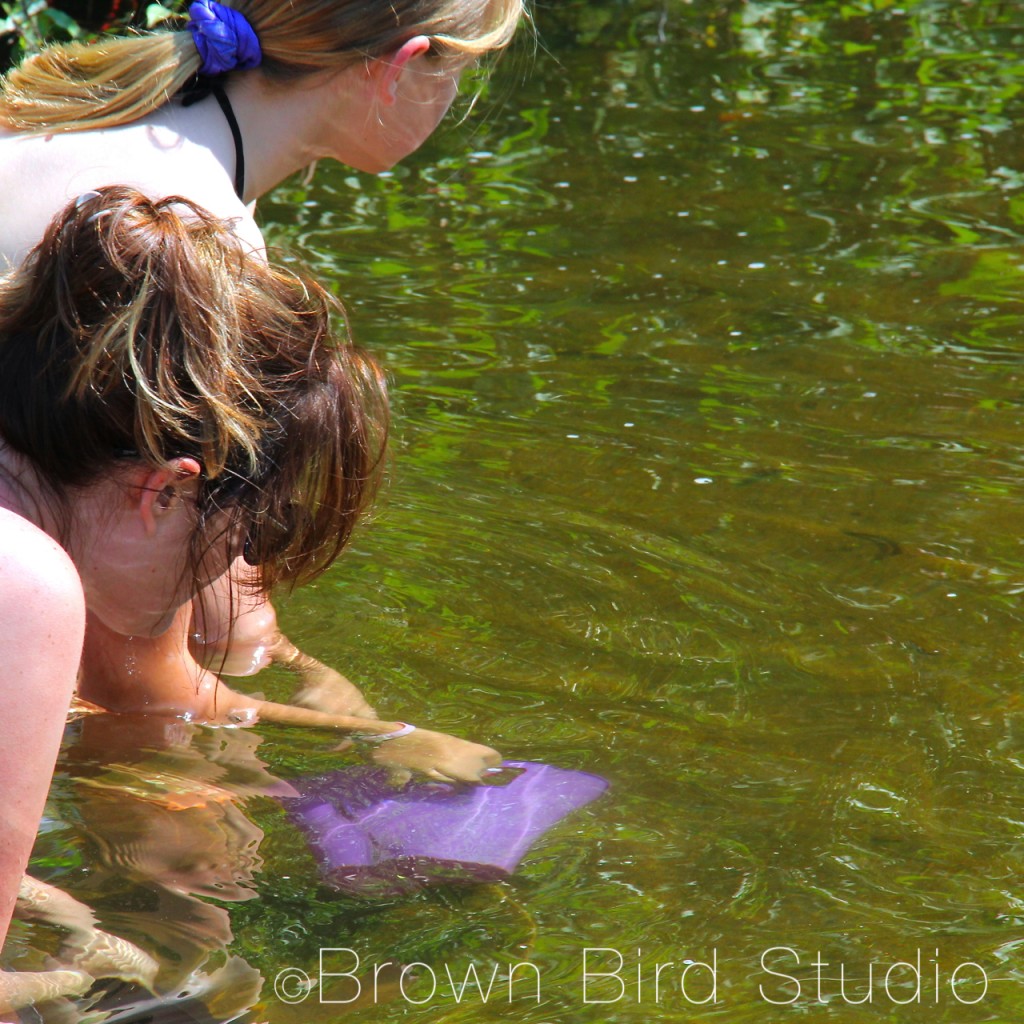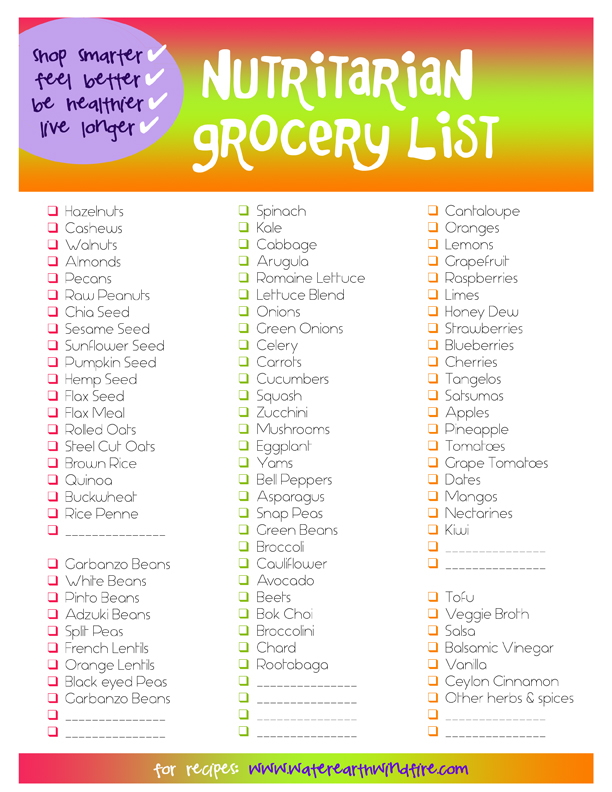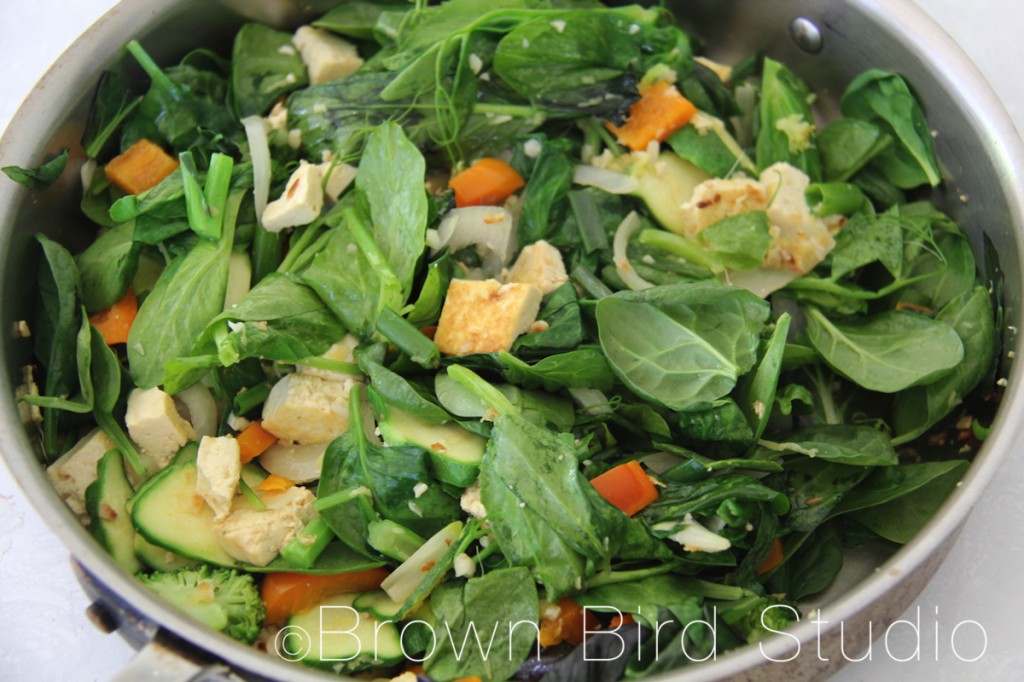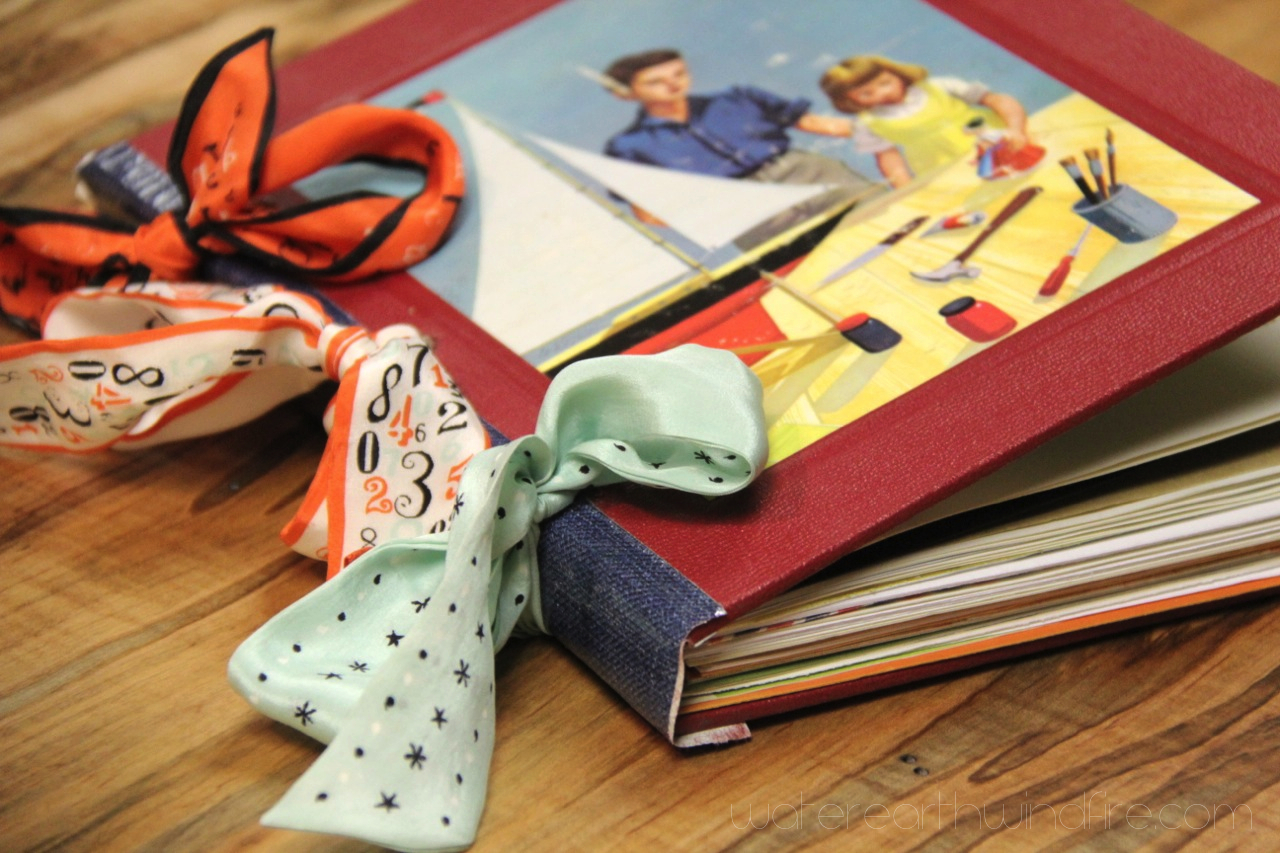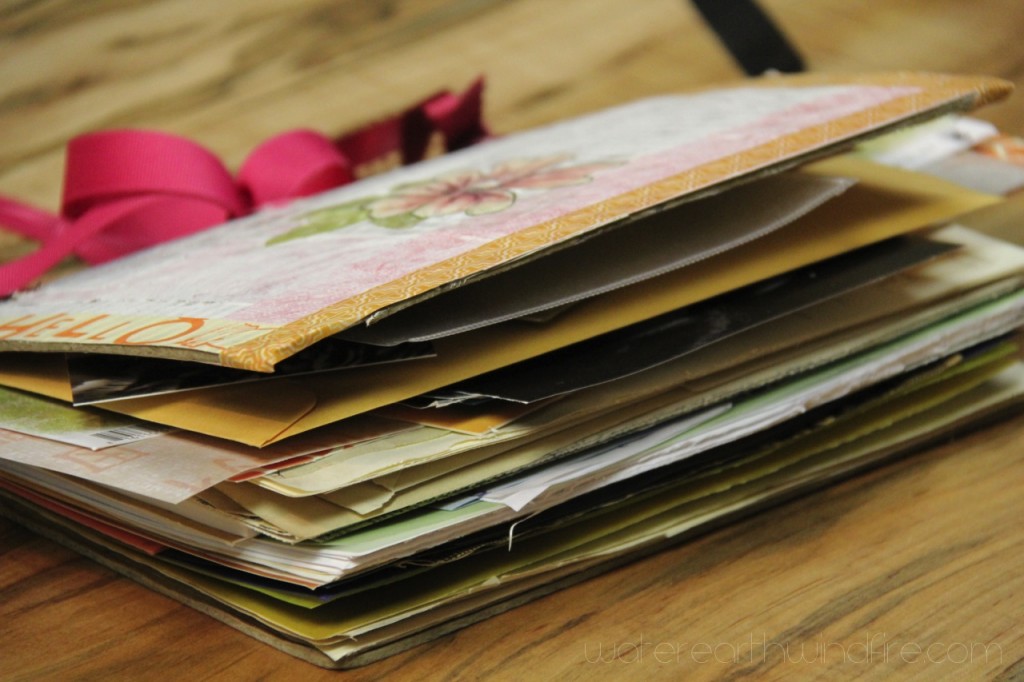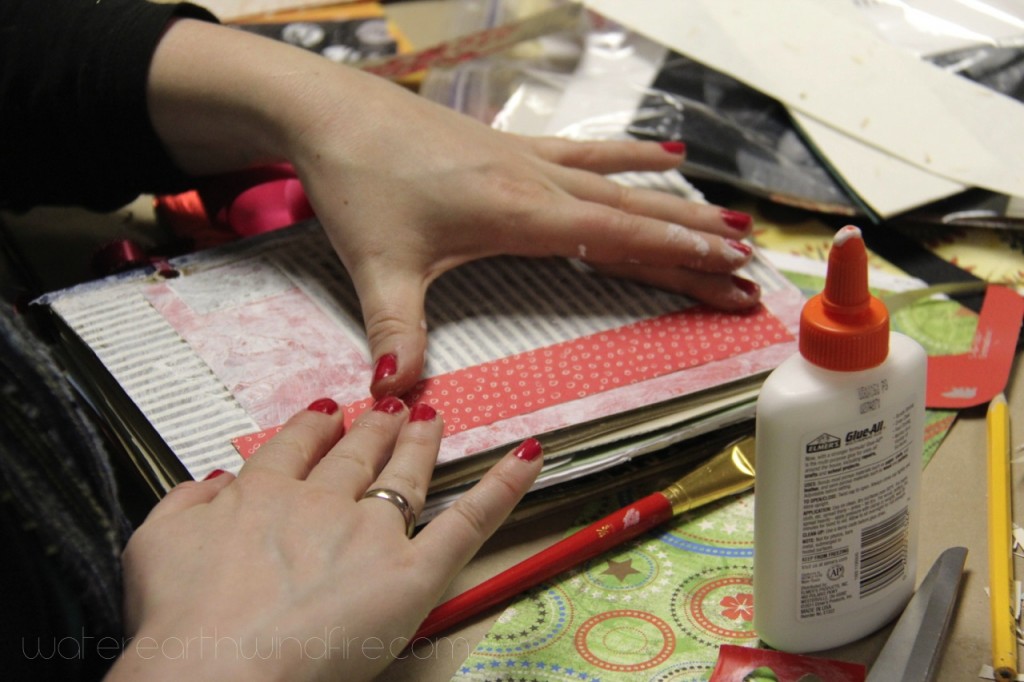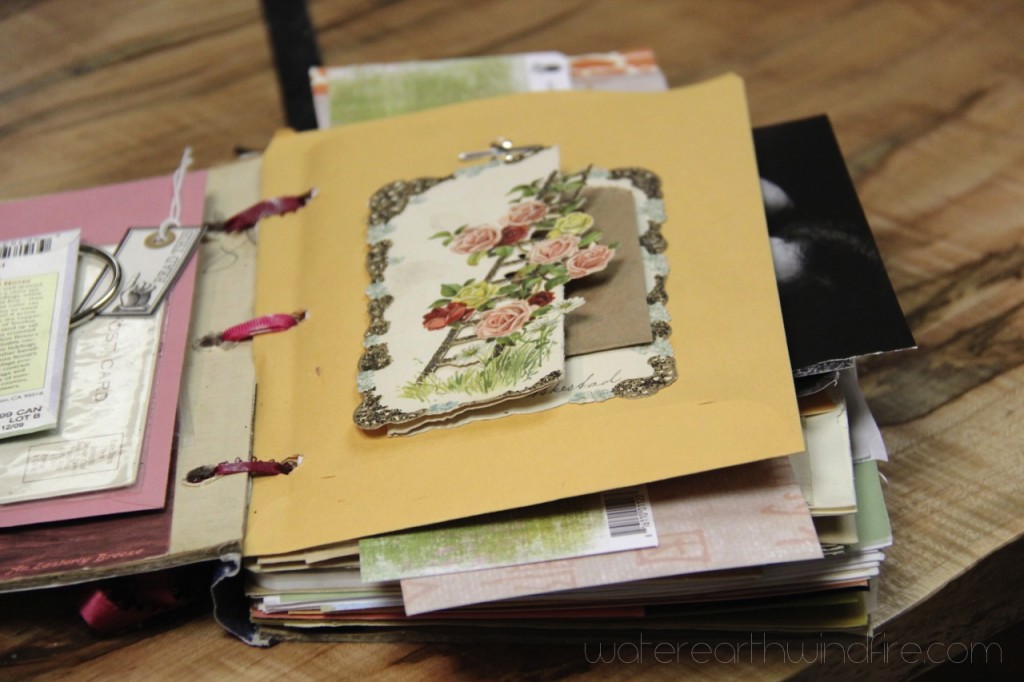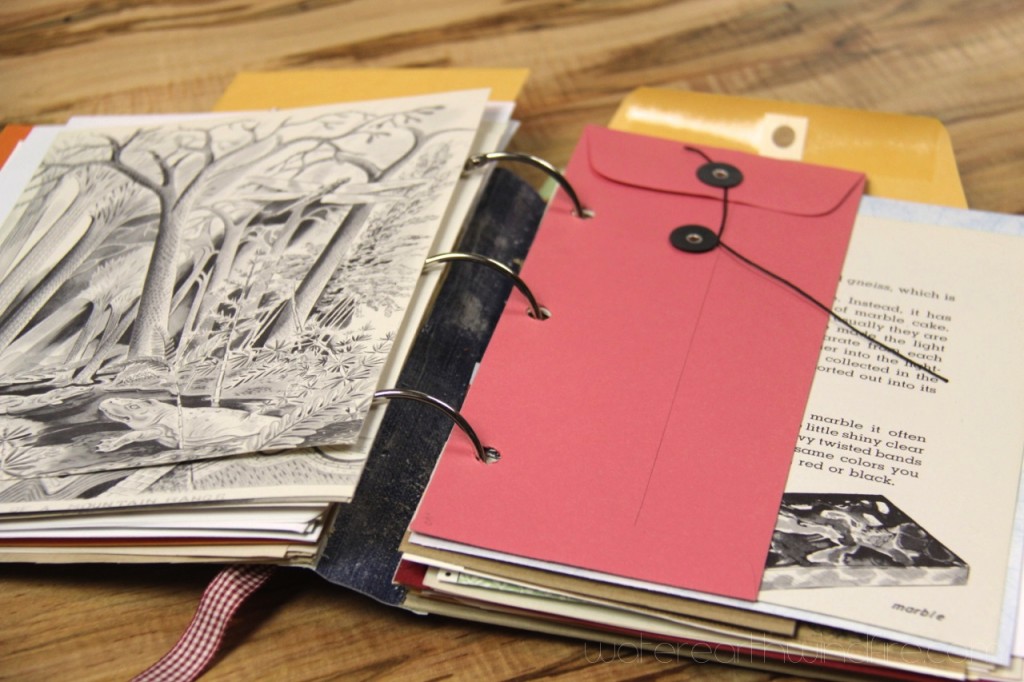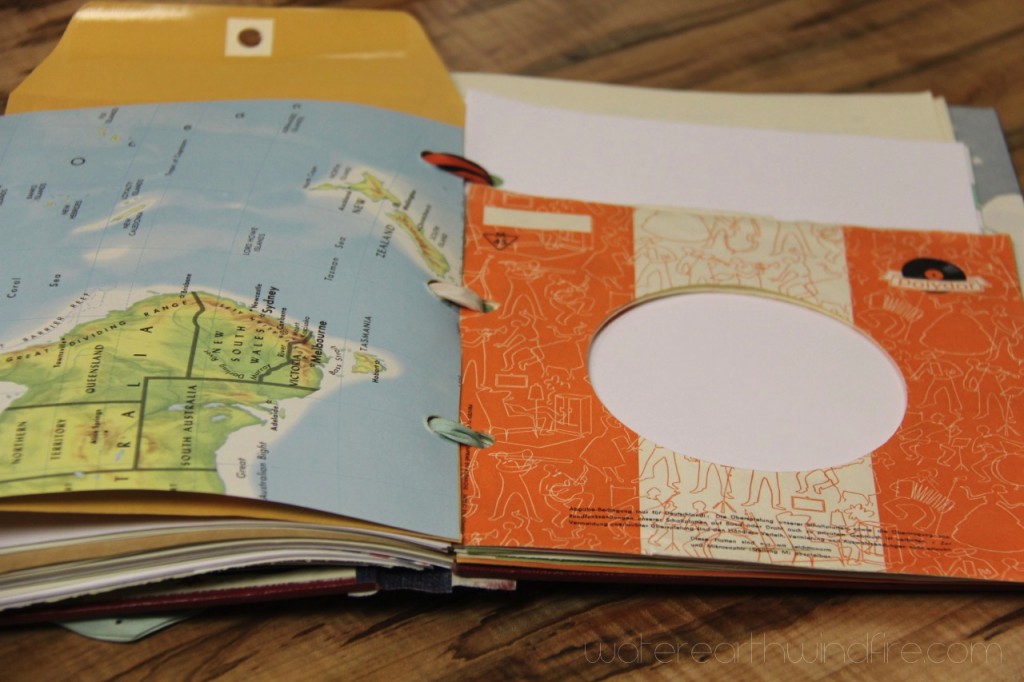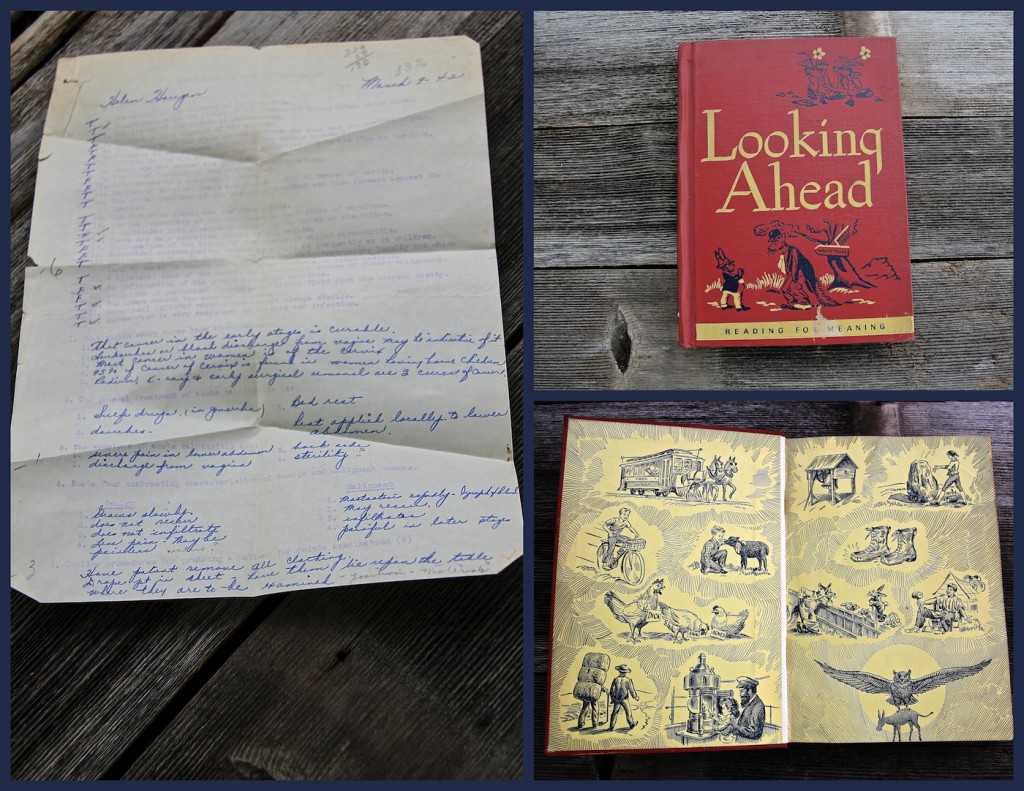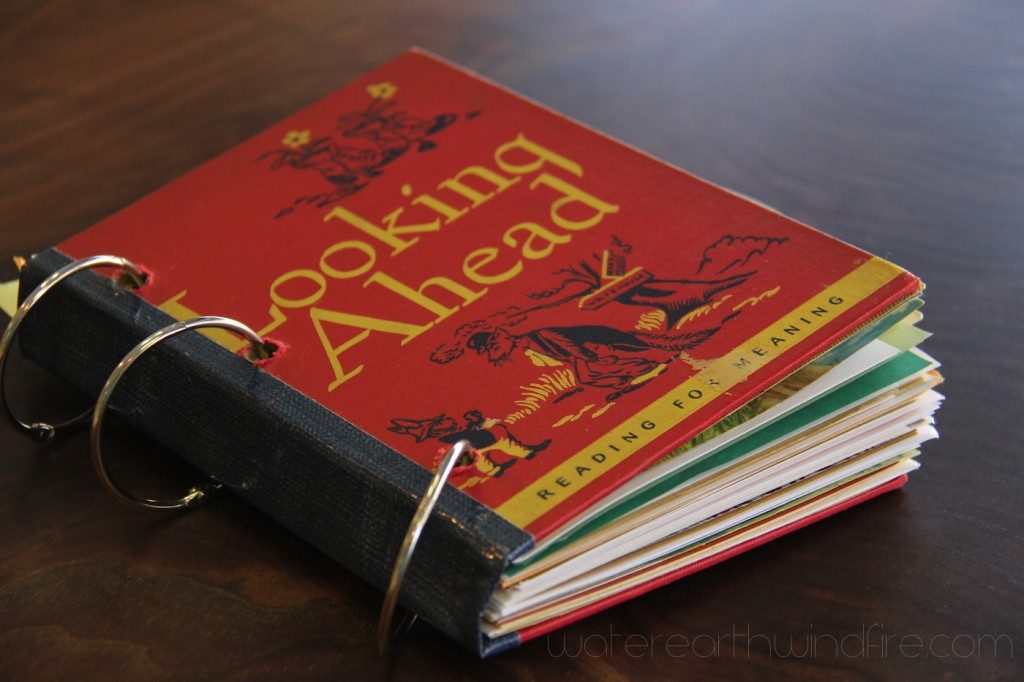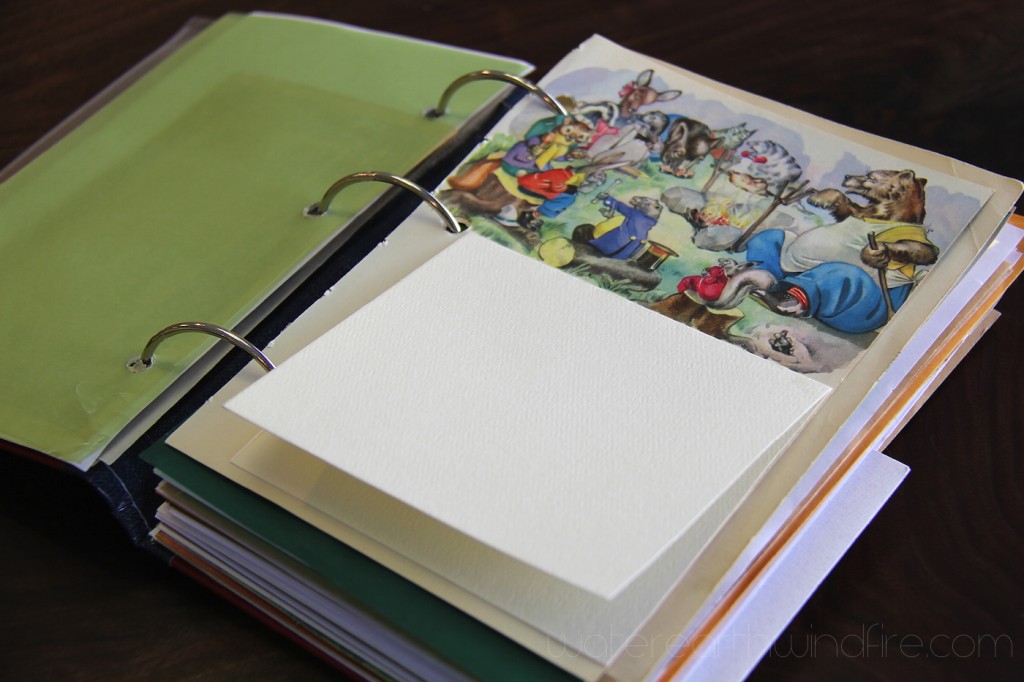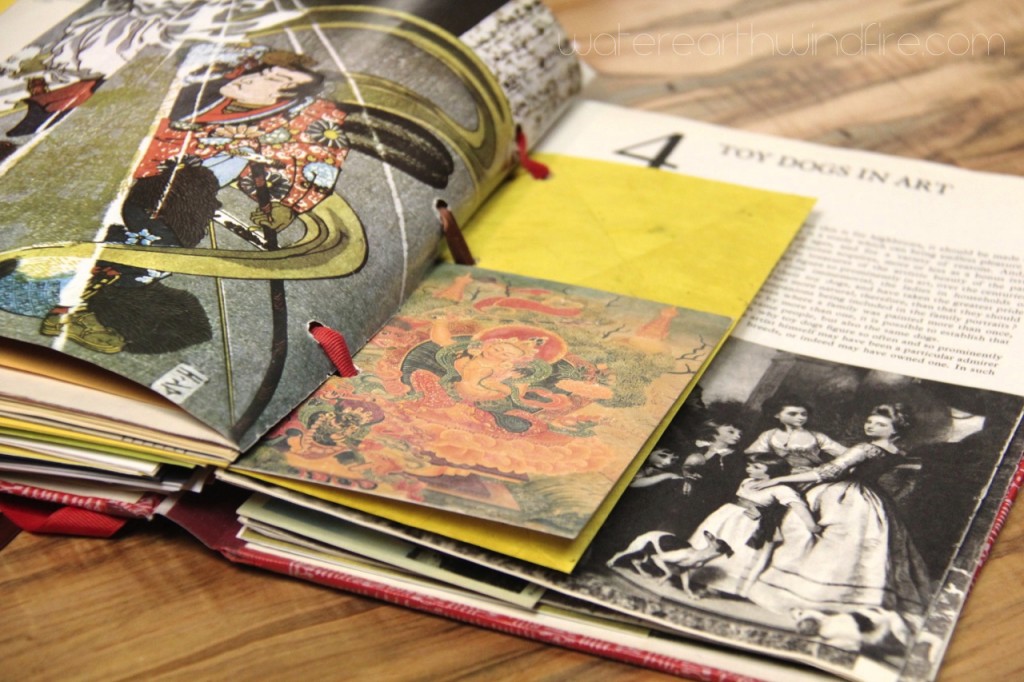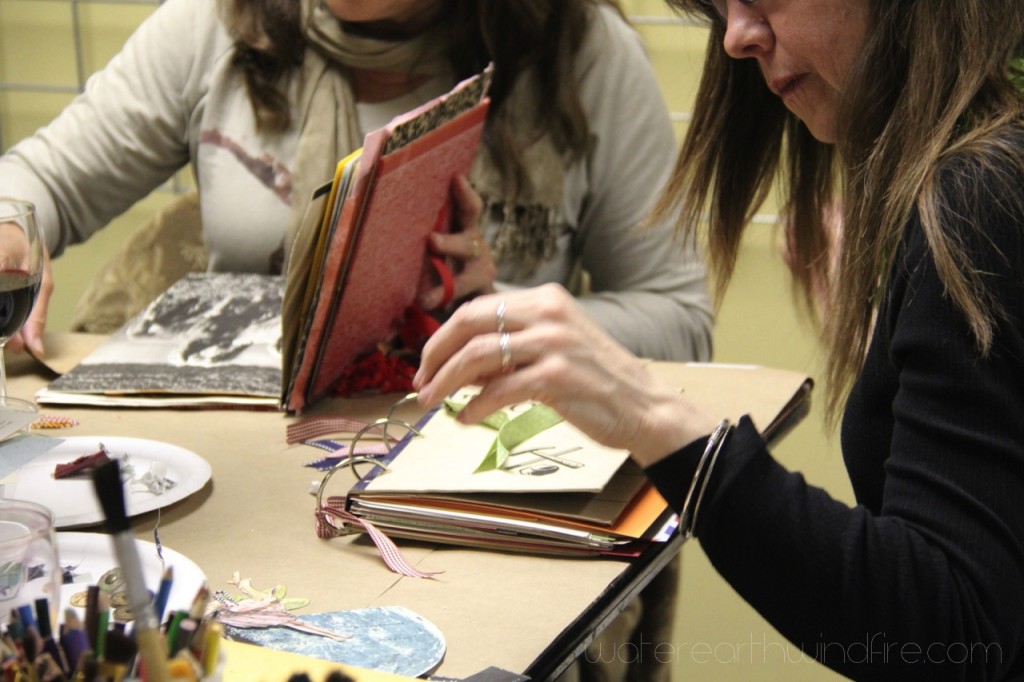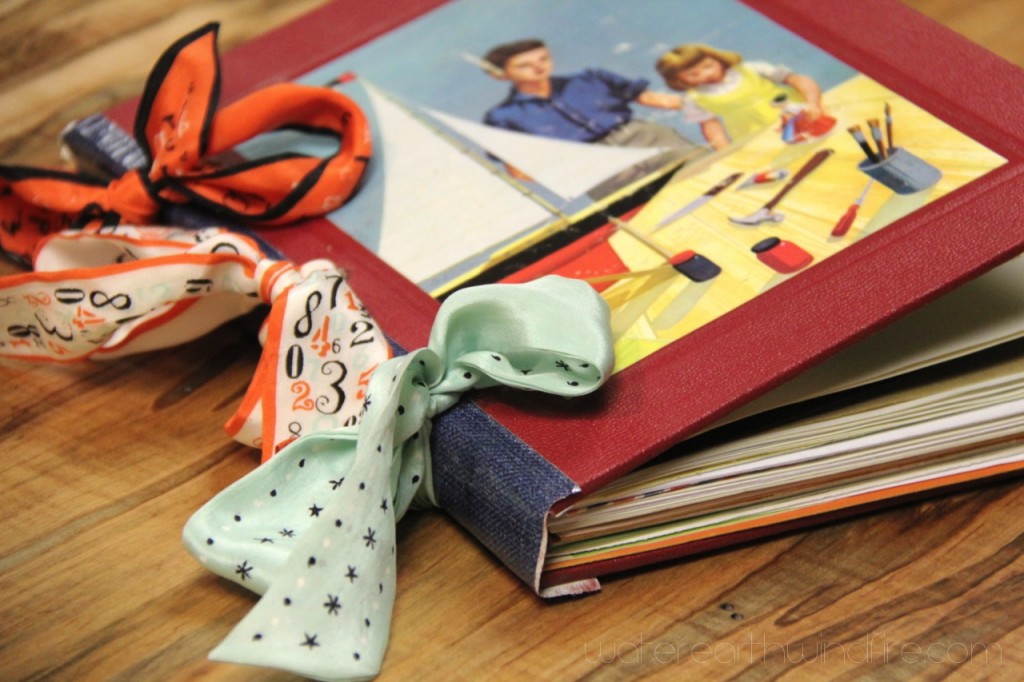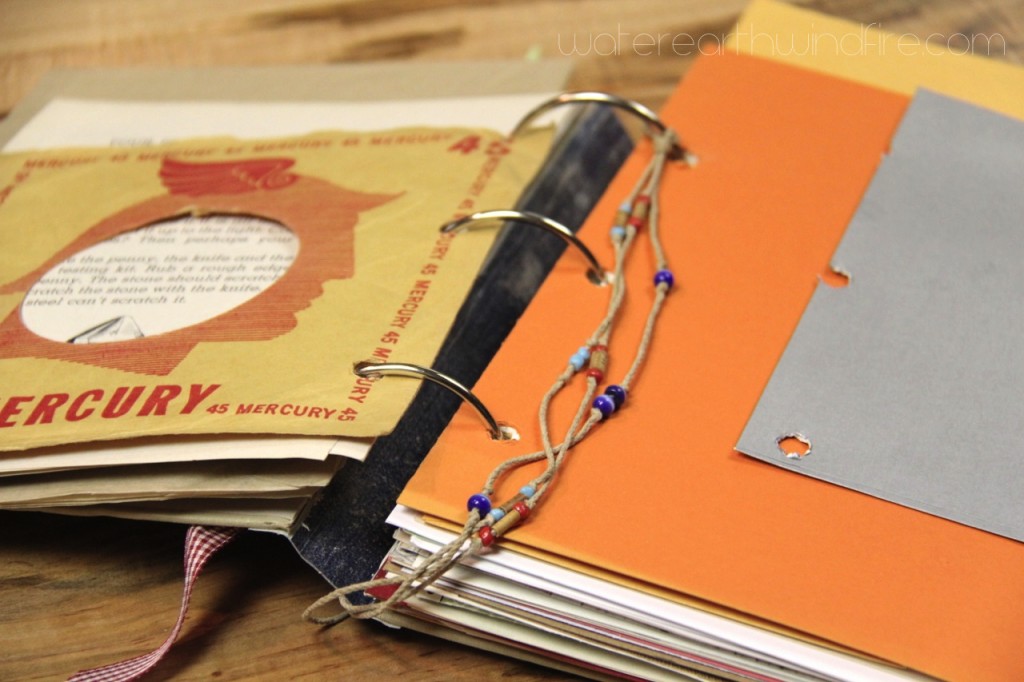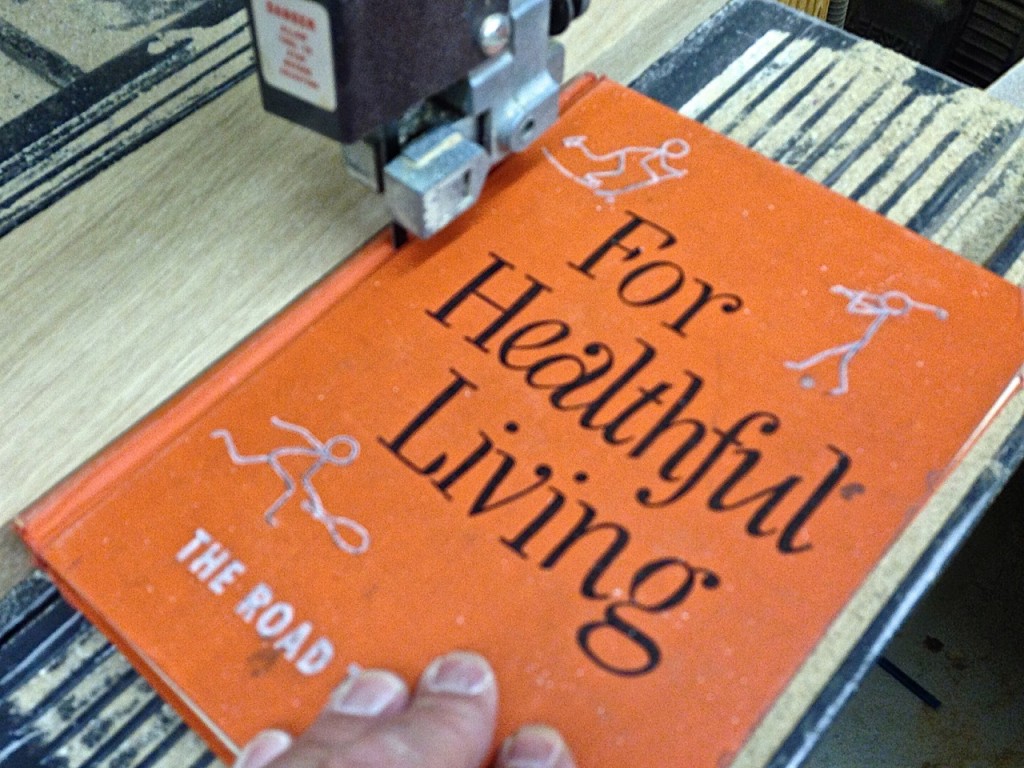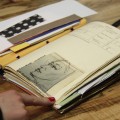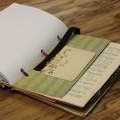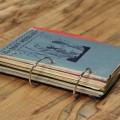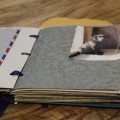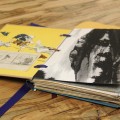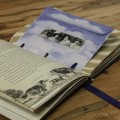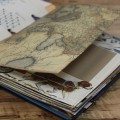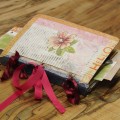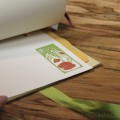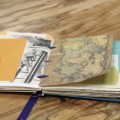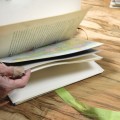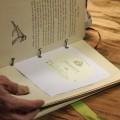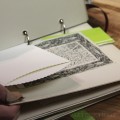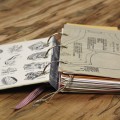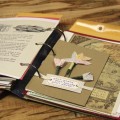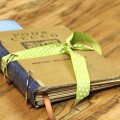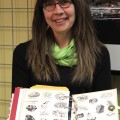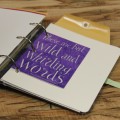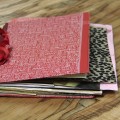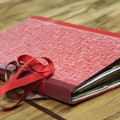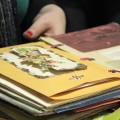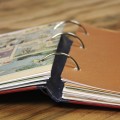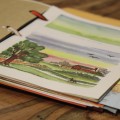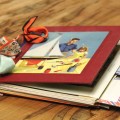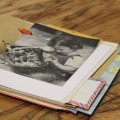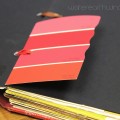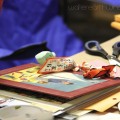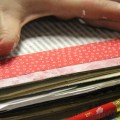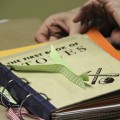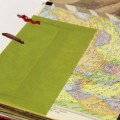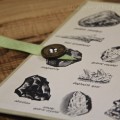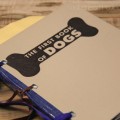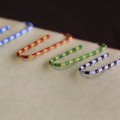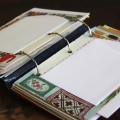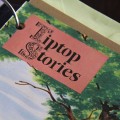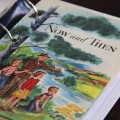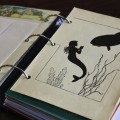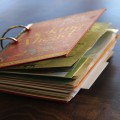Hearing robins singing has always been my first sign of Spring.
We’ve tried to arrange for our shamanic study group to meet in Montana, our home-ground, for almost 20 years. Well, they came this spring! Yay! And I kinda think everybody pretty much fell in love with Montana’s beauty and wildness. Yellowstone Park, the Yellowstone River and Paradise Valley to be specific.
It’s been a long time since I have visited Paradise Valley and Yellowstone Park in springtime. Starting when my sons were little, we camped in Yellowstone but usually after school was out for the summer, or in the fall. I’d always heard about the incredible spring surge of baby wild mammals and birds there, but I’d never experienced that awesomeness until this retreat. Fall was always my favorite Montana season. I’ve changed my mind, though.
My new favorite season? Spring-near-Yellowstone. Yes. That is a season. Springtime-near-Yellowstone. Not just plain old Spring.
In early May, Mother Earth is waking up in the Yellowstone ecosystem. Waking up in a big way:
- Her trees sure woke up — fast! In just a couple of days, before our eyes, the aspens and cottonwoods dressed their bare branches in mists of green, then fully clothed themselves in designer-leaf-garments.
As spring days grow warmer, Earth’s sacred waters awaken. Snow melts. Soft rains come. Rivers swell and fill their banks. The water covers sand bars, willow thickets and ancient boulders. Listen to the sound of a small stream feeding a big river and notice the beauty filling your heart:
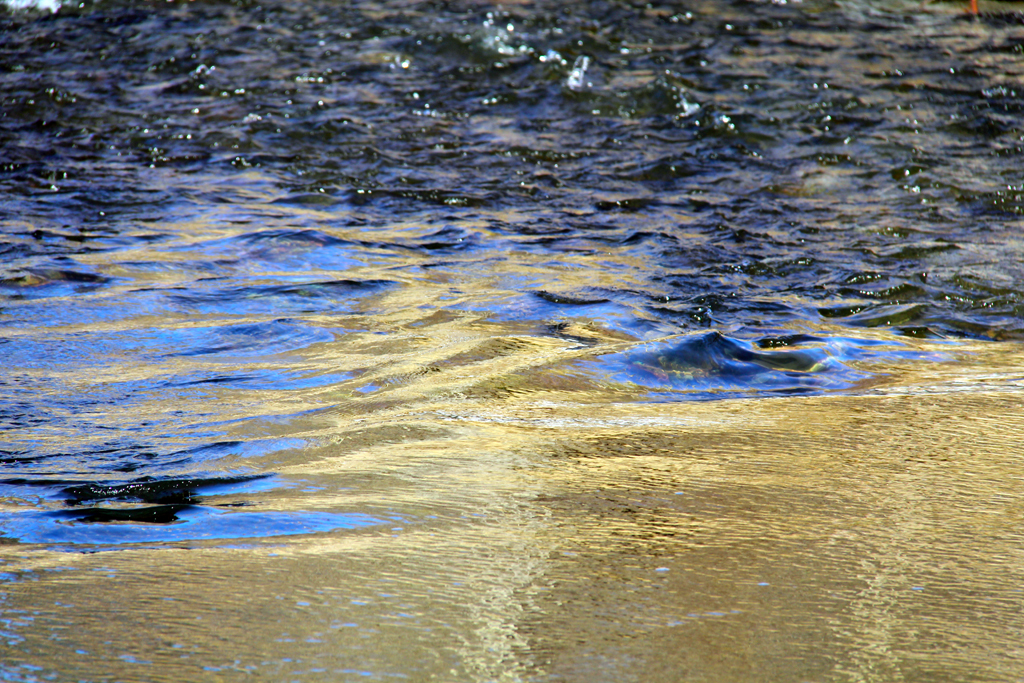
During the night the land sleeps. Mists cover the bottom of Emigrant Peak in the Absaroka range. With sunrise, the clouds lift to reveal a snowy shawl on the mountain’s shoulders and, as the day warms, her shawl unravels into rivulets that feed the swollen river. Earth’s sacred waters take many forms.
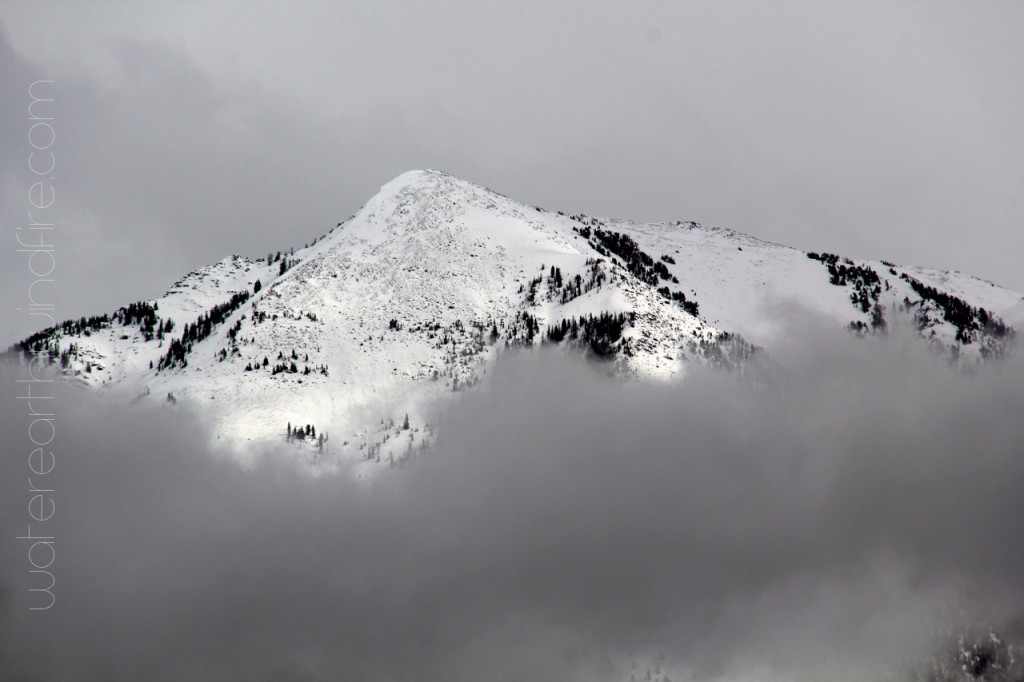
Mother Earth is waking up with babies. Every kind of wild-fertile-life-explosion-of-exuberance baby: bison calves, wolf cubs, fox kits, fawns, elk calves, gopher kits. Eaglets, goslings, osprey chicks and kildeer chiclets. A hatch of mayflies and a hatch of trout fry, bunnies, ducklings, loonlets and grebelets.
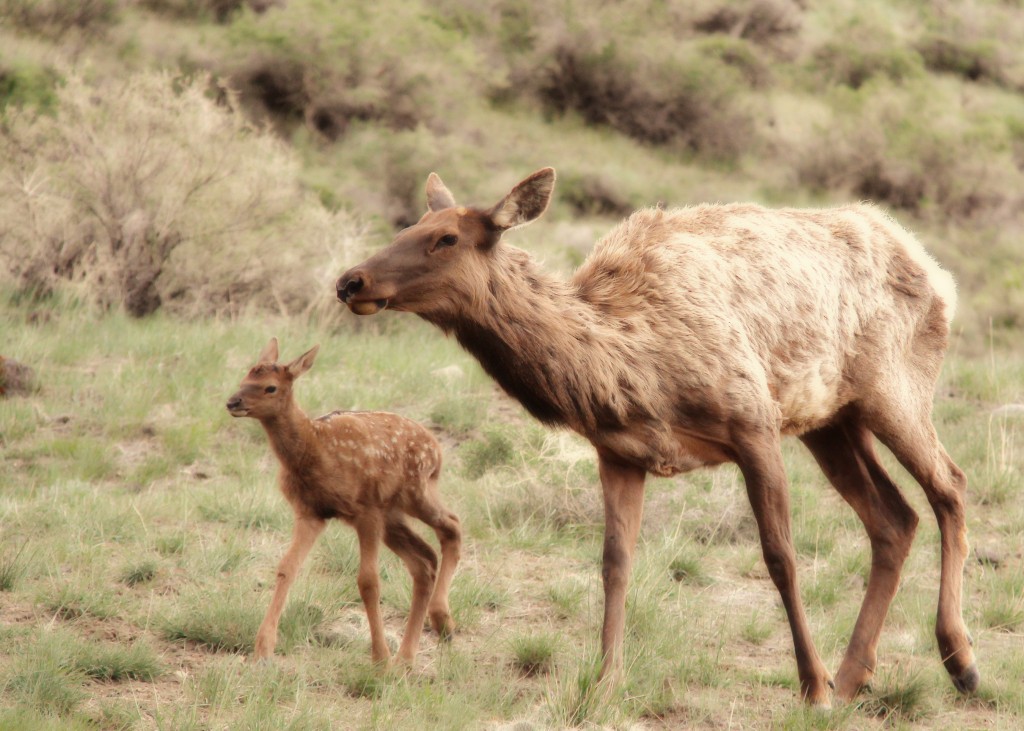
Birds mate, nest and raise a brood. Or they just pass through, feeding all around us – energy for the journey.
- A grebe mother floats by with a brood of grebelets on her back. Two of them are just behind, tucked up against her tail as close as they can be, in the wild, rising waters.
- Yellow-headed blackbirds sing their water-in-the-throat-joy
- Dusk brings the chortling call of sandhill cranes, their color that of deer, goose and fallow field
- Canada geese stand on a snag midstream, high water all around them, calling their distress in not-quite-unison
- White pelicans glide downriver — a silent line on invisible rolling air-hills
- Mama eagle brings home a snake, then a rabbit, a duck, a fish — she’s a good provider
- Nuthatch, woodpecker, chickadee, siskin, finch — the timbre of bird-song in a meadow swells to a symphony of beats, noise and vibrant texture
- The cottonwood grove where we met around a fire, is alive with aspen-catkin-fluff dancing in the air to the rhythm of bird-song
- Above our heads, baby gracklets (made-up-word-warning) strain their wobbly necks from a hole high in an old snag. Their begging calls must fill the parent birds with urgency — bring more bugs! Bring more bugs!
- A red tailed hawk screams hoarsely from across the flooding river — an osprey answers at dusk
Our Earth is sacred. There are some places on Earth I can more easily feel and experience that sacredness. The Yellowstone ecosystem is one of those places for me. It is holy ground.
Just for fun, I found some recordings of some of the birds we saw and heard during our retreat. Listen here:
Sandhill Crane
Pine Siskin
Osprey on Nest
Mountain Bluebird
Yellow-headed Blackbird
NOTES:
- Yellowstone Naitonal Park is the centerpiece of the Greater Yellowstone Ecosystem, the largest remaining nearly intact ecosystem in the Earth’s northern temperate zone.
- Half of the world’s geothermal features are in Yellowstone, fueled by the ongoing volcanism of the Yellowstone Caldera, world’s largest supervolcano.
- We stayed at River’s Bend Lodge and some cabins at Paradise Gateway, hosted by Carol and Pete Reed with help by their daughter-in-law, Holly. What a great place to stay — right on the river, surrounded by more wildlife than I’ve ever seen in one place. Thank you for opening your slice of Paradise to our group.
- Here is a Checklist of Mammals that live in the Yellowstone ecosystem.
- The Absaroka Beartooth Wilderness has the largest single expanse of land above 10,000 feet in the United States.
CREDITS:
- The River ©Eddie McHugh
- Recording of American Robin from Slater Museum
- Aspen Catkins photo ©Matt Lavin
- River Reflection ©Maureen Shaughnessy (me)
- Snow Clouds Cloak Emigrant Peak ©Maureen Shaughnessy
- Elk Cow and Calf ©Maureen Shaughnessy
- Yellow-Headed Blackbird ©Michelle Lamberson
- Bird Calls are from Xeno-Canto.org
- Recording of Pole Creek is by Maureen Shaughnessy
